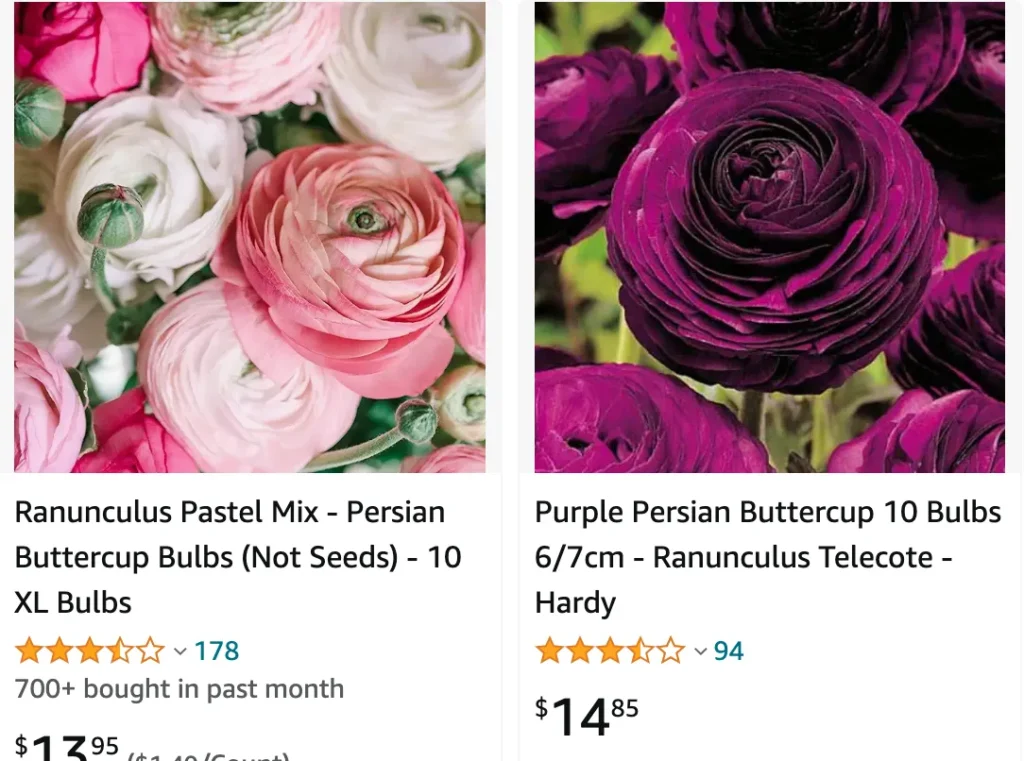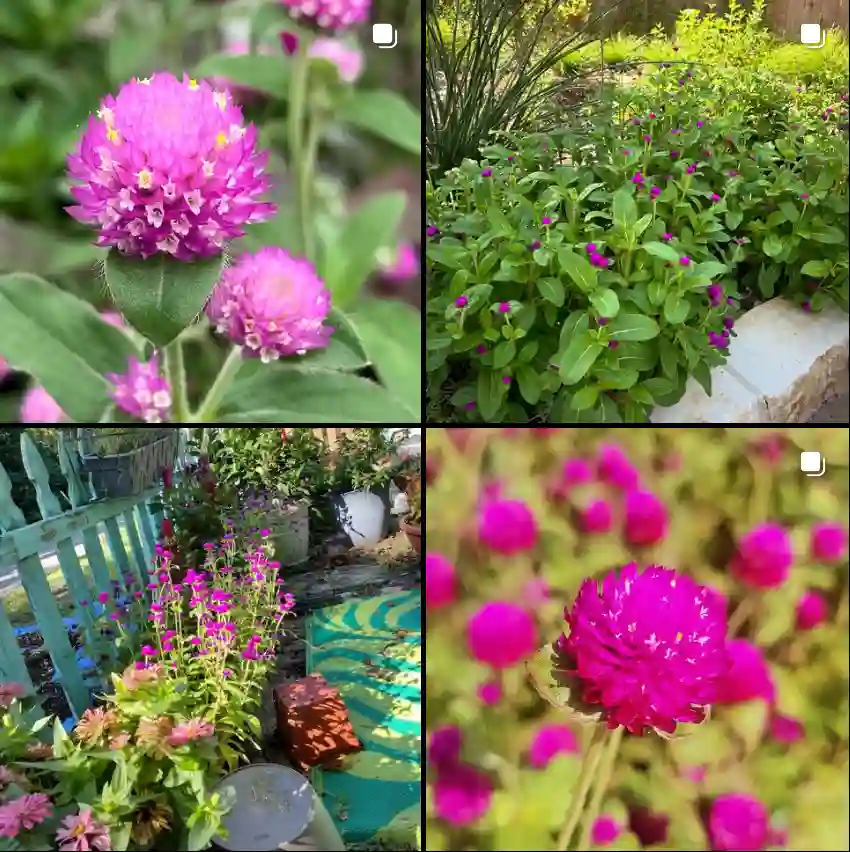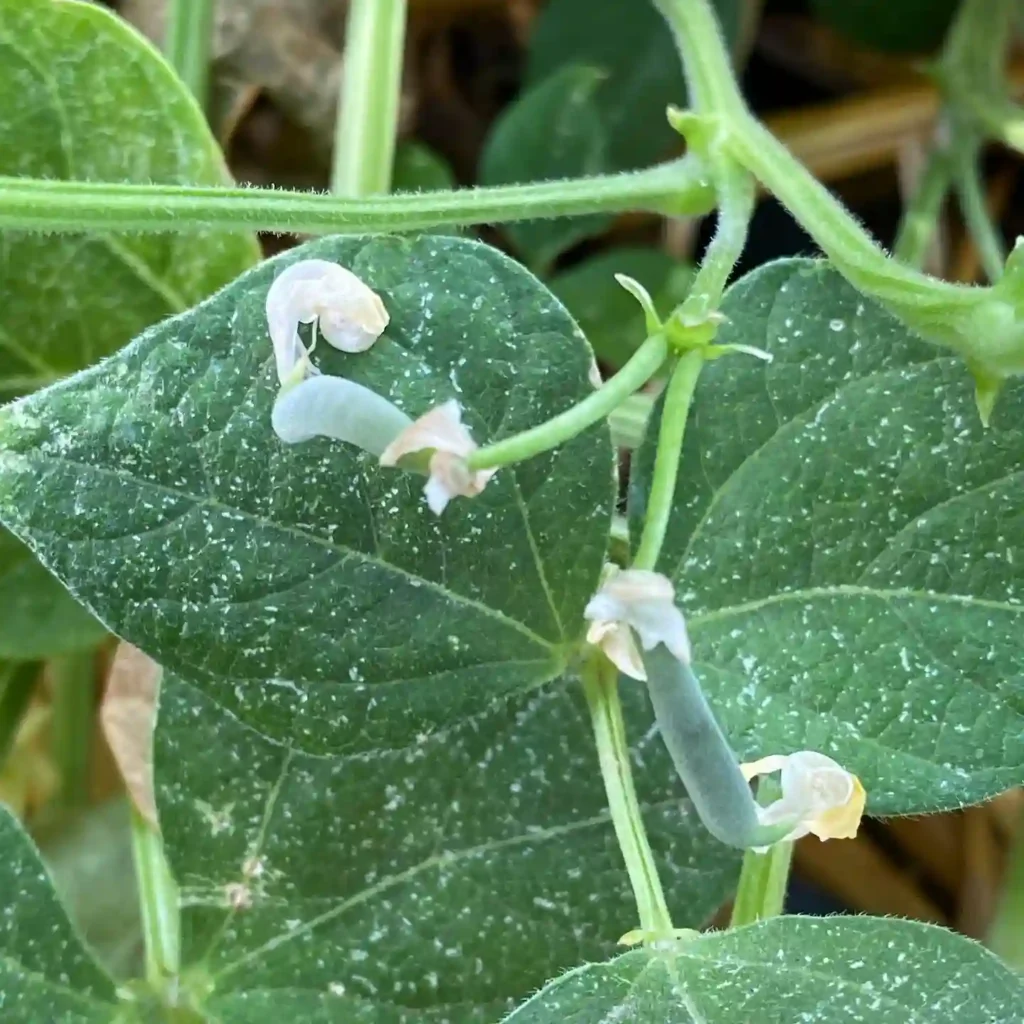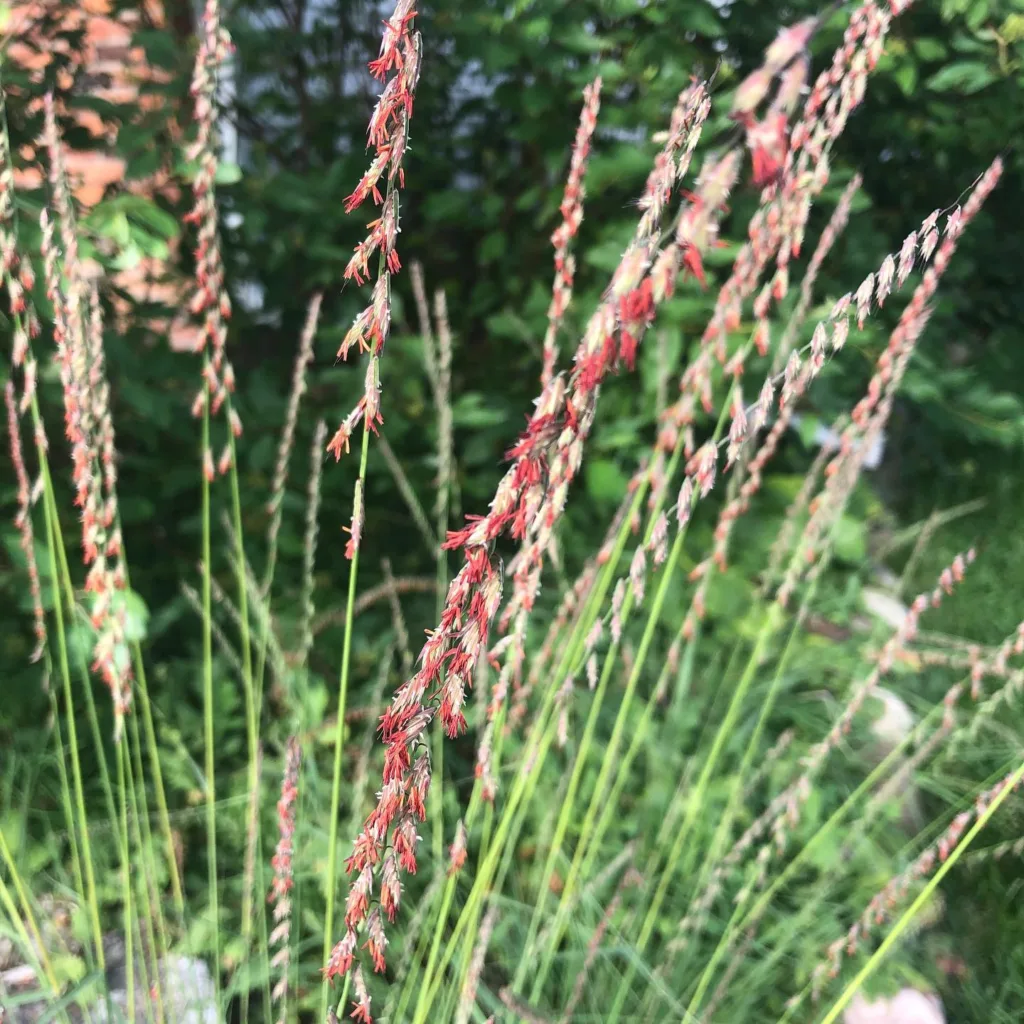
Ranunculus asiaticus: A Delightful Addition to Your Garden
Hello there, fellow gardening enthusiasts! I’m Ferb Vu, and today I’m thrilled to share with you some insights into one of my favorite flowers: Ranunculus asiaticus. This stunning bloom is a must-have for any garden, adding a burst of color and elegance that’s hard to beat. Join me as we delve into the world of Ranunculus asiaticus and learn all about how to grow, plant, and care for these beauties.
1787 Species in Genus Ranunculus
What is Ranunculus asiaticus?
First things first, let’s talk about what exactly Ranunculus asiaticus is. Also known as Persian buttercup, this flower is a member of the Ranunculaceae family and is native to the Mediterranean region. With its vibrant hues and delicate petals, Ranunculus asiaticus is a popular choice for gardeners looking to add a touch of elegance to their outdoor spaces. Available in a range of colors including pink, red, orange, yellow, and white, there’s sure to be a variety that catches your eye.
How to Plant Ranunculus asiaticus Bulbs?
Now that we know what Ranunculus asiaticus is, let’s talk about how to plant it. Planting Ranunculus asiaticus bulbs is relatively straightforward, but there are a few key steps to keep in mind for optimal growth. Start by selecting a sunny spot in your garden with well-draining soil. Then, dig a hole that’s about 2-3 inches deep and place the bulb in the hole with the pointed end facing up. Cover the bulb with soil and water thoroughly to help settle it in.
How to Grow Ranunculus asiaticus?
Once planted, caring for Ranunculus asiaticus is relatively simple. Water the bulbs regularly, keeping the soil evenly moist but not waterlogged. In terms of fertilizer, a balanced, all-purpose fertilizer can be applied every 4-6 weeks during the growing season to promote healthy growth and abundant blooms. Deadhead spent flowers regularly to encourage continued blooming throughout the season.
How to Care for Ranunculus asiaticus?
In addition to watering and fertilizing, there are a few other care tips to keep in mind when it comes to Ranunculus asiaticus. One important aspect of care is mulching. Applying a layer of organic mulch around the base of the plants can help conserve moisture, suppress weeds, and regulate soil temperature. Additionally, providing support for taller varieties can help prevent them from flopping over as they grow.
How to Propagate Ranunculus asiaticus?
If you’re looking to expand your Ranunculus asiaticus collection, you’ll be pleased to know that these plants can be easily propagated. One common method of propagation is by dividing the bulbs. Simply dig up the clump of bulbs in early autumn, carefully separate them, and replant them in their desired location. Alternatively, Ranunculus asiaticus can also be propagated from seed, although this method is less common and may take longer to produce mature plants.
What to Plant with Ranunculus asiaticus?
Ranunculus asiaticus pairs beautifully with a wide range of other spring-flowering bulbs and perennials. For a stunning spring display, consider planting them alongside tulips, daffodils, and hyacinths. Their vibrant colors and lush foliage provide the perfect complement to these other early bloomers, creating a visually stunning garden that’s sure to impress.
In conclusion, Ranunculus asiaticus is a truly delightful addition to any garden. With its vibrant colors, delicate petals, and easy-care nature, it’s no wonder why this flower is so beloved by gardeners around the world. Whether planted en masse in a flower bed or tucked into containers on a patio, Ranunculus asiaticus is sure to bring joy and beauty to your outdoor spaces for years to come. So why not give it a try in your own garden? I promise you won’t be disappointed!
If i die, water my plants!



